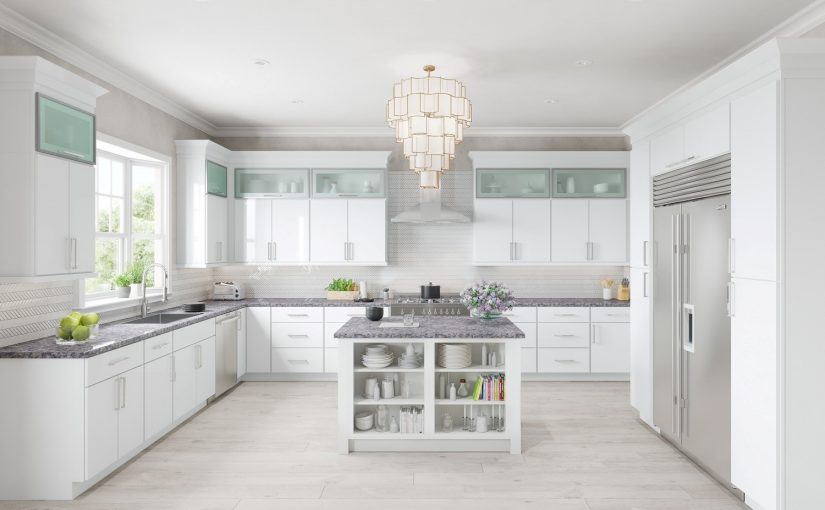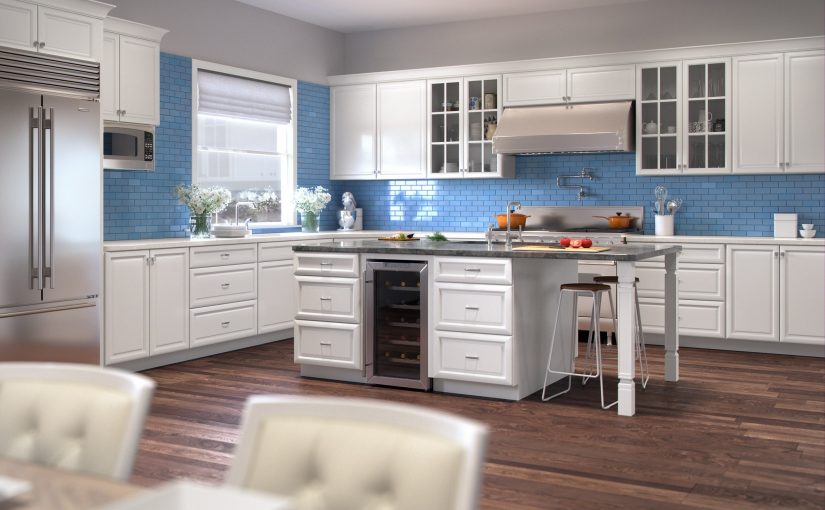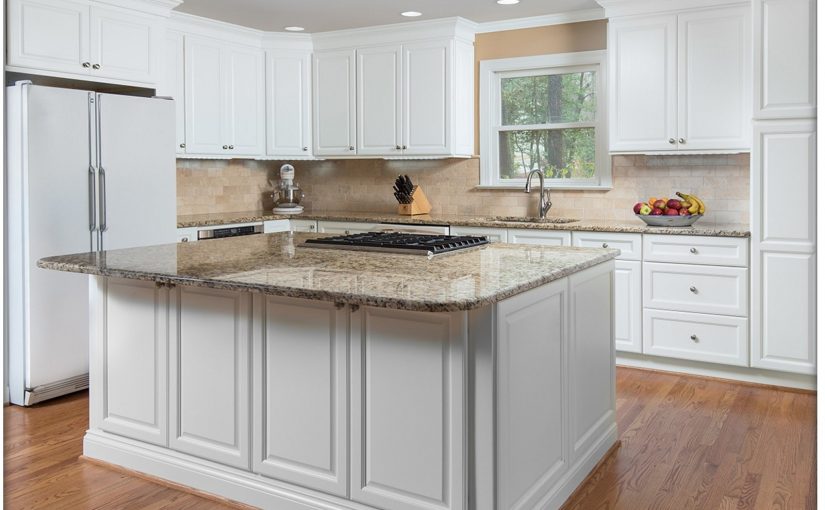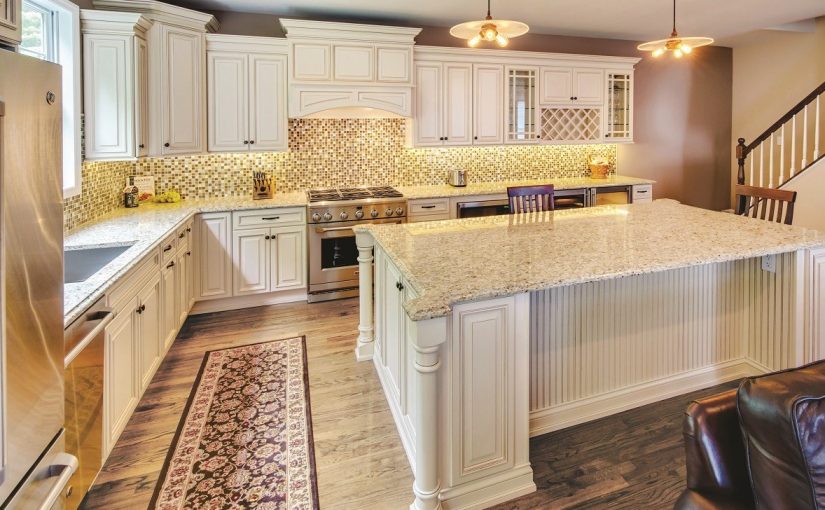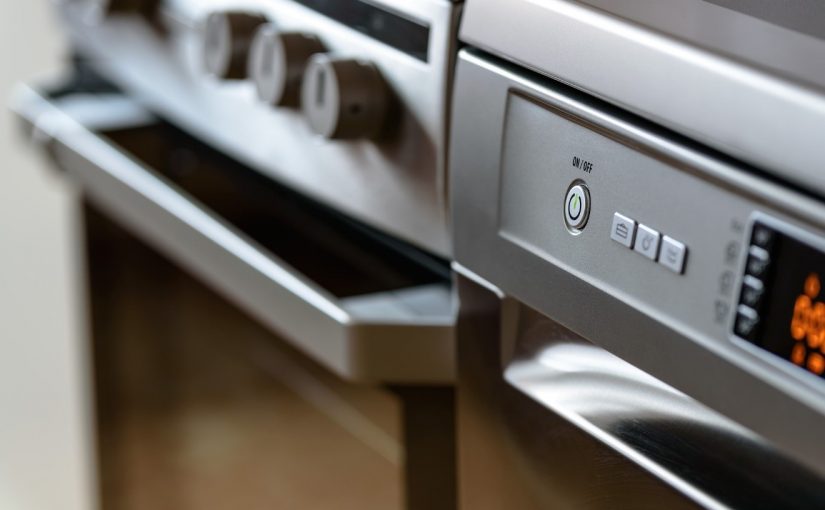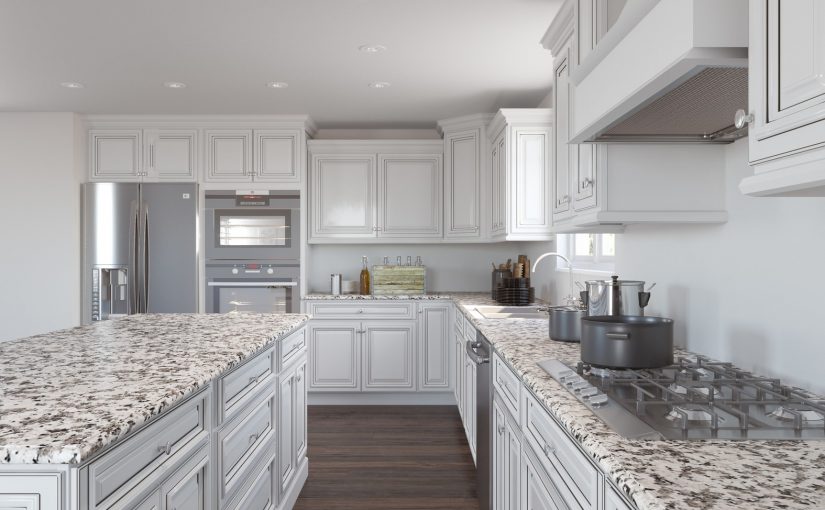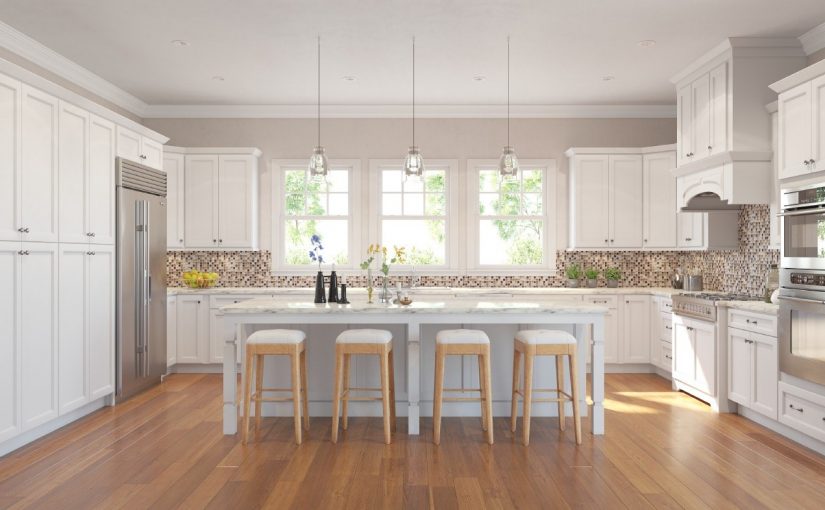Cabinetry is an essential part of your kitchen. With the variety of design options, features and materials now available, it’s easy to build custom kitchen cabinets that are highly functional, aesthetically pleasing and tailored to your style and needs.
Below are a few popular features to consider including when designing your custom kitchen cabinets.
- Corner Cabinets with Lazy Susan Turntables
The corner area where two cabinet ends meet often creates an ineffective space that’s inconvenient to use and access. Avoid this hassle by installing corner cabinets with Lazy Susan turntables. You’ll be so glad you did when you can easily access items and get better use out of this space.
- Filler Pullout Organizers
If your kitchen has one or more extra-narrow spaces, you can make use of the space by getting a filler pullout organizer. This will create a mini pullout pantry, turning what was once an awkward, unusable space into a practical one that you’ll use every day.
- Self-Closing Doors and Drawers
Self-closing cabinet doors and drawers close gently and quietly with only a simple, quick push. If you have cabinets that you have to shove to get closed and that make a loud bang every time they’re closed, you’ll want to look into this option.
- Special Purpose Drawers
Cabinet drawers are designed for so many different purposes that it’s easy to find a drawer that was especially created for something you need. For example, if you don’t like to keep your microwave on your countertop or above your stove, you can have an under-the-cabinet microwave drawer installed.
Pullout waste containers store your garbage container in your cabinets, rather than on your floor. This saves valuable floor space, keeps the kitchen less cluttered and keeps your garbage concealed, which is a huge bonus!
- Drawer Dividers
Internal drawer dividers, such as a cutlery tray or a spice tray, are lifesavers! They are a simple and inexpensive way to get items in your kitchen drawers organized—and easily keep them that way.
- Utility Cabinets
Full height utility cabinets are ideal for storing away mops and brooms in a neat, organized way without taking away from the aesthetics of your kitchen. Plus, since they’ll be within arm’s reach always, it will be super easy to do quick kitchen clean ups whenever you need.
You’ll notice that many of the above features, such as drawer dividers and Lazy Susans, work to increase storage and create an accessible kitchen design. When designing your custom kitchen cabinets, select the features that most appeal to you, that you most need and that you’ll get the most use out of, and you’ll end up with functional, stylish cabinets that you’ll love for years to come.


